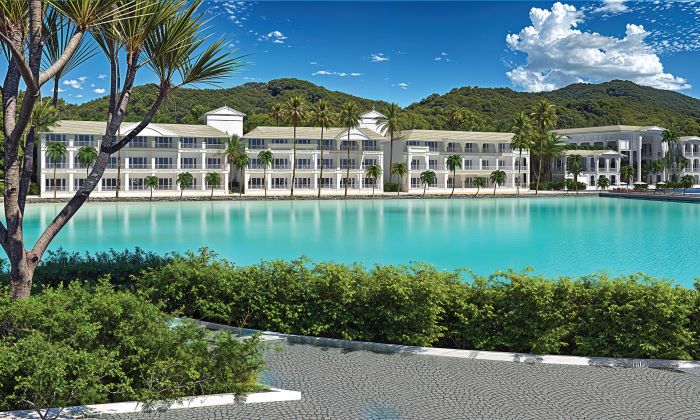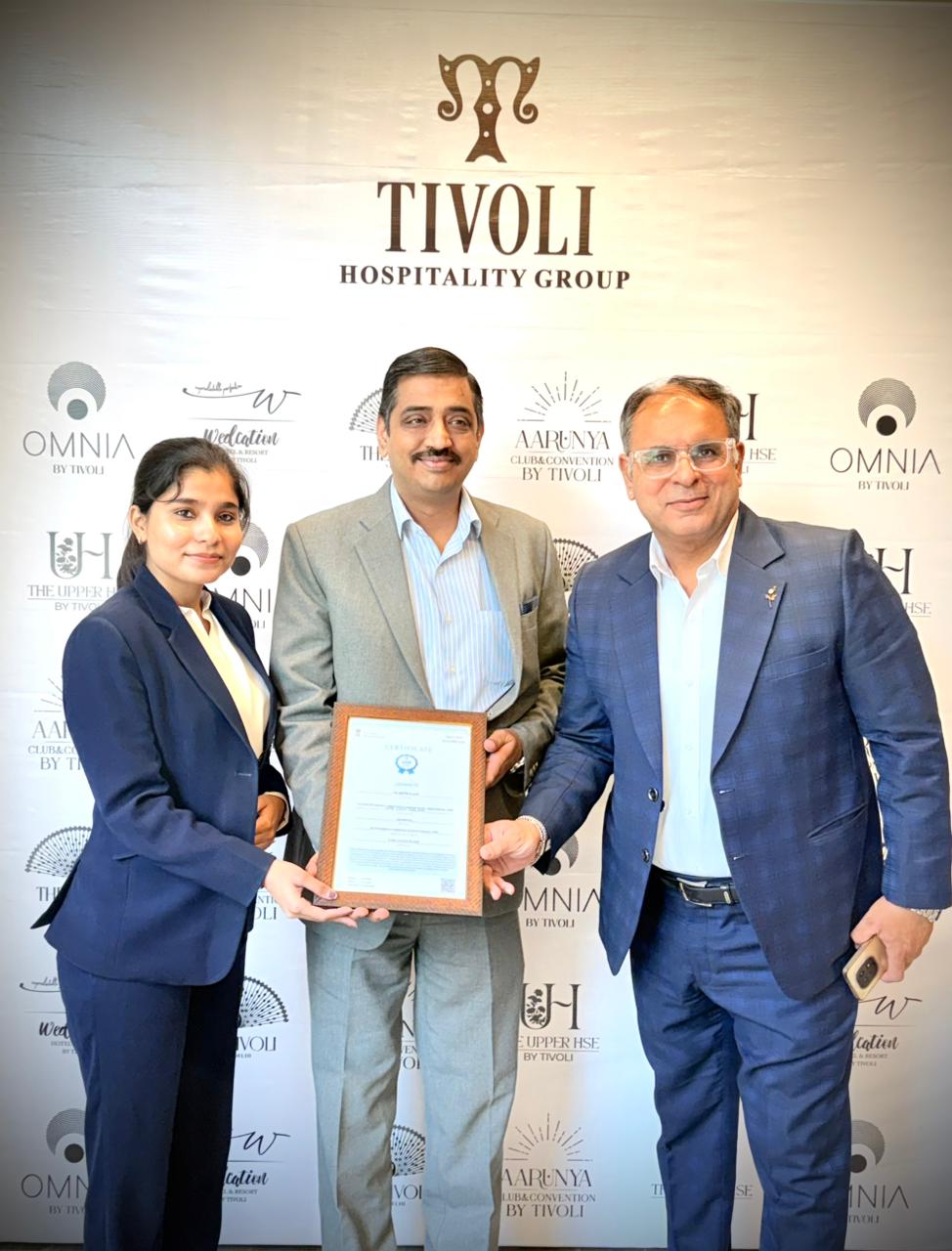 The Tier 2 and Tier 3 cities in India are not just emerging, but they are thriving as vibrant economic hubs, presenting a plethora of opportunities for businesses across various sectors. This rapid transformation, fuelled by increasing disposable incomes, accelerated urbanization, and a growing appetite for quality consumer experiences, is a cause for optimism. As these cities evolve, the demand for robust commercial infrastructure—especially refrigeration solutions in food service establishments—is rising sharply, paving the way for exciting growth prospects.
The Tier 2 and Tier 3 cities in India are not just emerging, but they are thriving as vibrant economic hubs, presenting a plethora of opportunities for businesses across various sectors. This rapid transformation, fuelled by increasing disposable incomes, accelerated urbanization, and a growing appetite for quality consumer experiences, is a cause for optimism. As these cities evolve, the demand for robust commercial infrastructure—especially refrigeration solutions in food service establishments—is rising sharply, paving the way for exciting growth prospects.
The Retail Boom in Smaller Cities
According to industry projections, the projected compound annual growth rate (CAGR) of the organized retail market in Tier 2 and Tier 3 cities is 23%, potentially reaching $100 billion by 2026. These cities already contribute more than 50% of India’s online retail transactions, a number that continues to grow. The growth in physical retail spaces mirrors this trend, with a sharp uptick in cafes, bakeries, confectioneries, and convenience stores.
The Pivotal Role of Refrigeration in Retail Success
The food service sector in these cities relies heavily on commercial refrigeration to ensure product quality and safety. Refrigeration displays are pivotal in presenting fresh products like dairy-based sweets, baked goods, chilled beverages, and ready-to-eat meals. As food safety awareness increases, so does the necessity for temperature-controlled storage to prevent spoilage and bacterial growth.
Key Growth Drivers
- Urbanization and Consumer Awareness
Urbanization is fostering a retail culture even in cities like Lucknow, Coimbatore, and Visakhapatnam. Consumers are increasingly prioritizing hygiene, freshness, and visual appeal in food, leading to greater reliance on refrigeration technologies.
- Increased Disposable Income
Rising incomes have spurred consumer spending on high-quality food and beverages, necessitating efficient refrigeration in retail outlets to meet this demand.
- Regulatory Standards
Stricter food safety regulations have also pushed retailers to invest in reliable refrigeration systems. Maintaining compliance while offering diverse menu options has become a priority.
Tailoring Solutions to Local Needs
Understanding the unique challenges of smaller cities is essential. Companies must adapt their refrigeration offerings to cater to local preferences and environmental conditions. For example:
- Coastal Areas: High humidity demands refrigeration units with better insulation and thermal dividers panels to mitigate the potential for condensation.
- Tropical Regions: Energy-efficient insulation becomes a priority to reduce operational costs.
- High Footfall Zones: Stores in bustling market areas need display cases with rapid cooling to handle frequent restocking.
Customization is a competitive advantage, allowing businesses to align their product offerings with local market demands.
Striking a Balance: Affordability and Quality
While the demand is growing, price sensitivity remains a crucial factor in Tier 2 and Tier 3 markets. Businesses must offer cost-effective solutions that don’t compromise on performance. Modular refrigeration units, which allow incremental upgrades, can be particularly appealing. Flexibility in financing options, such as leasing or pay-as-you-go models, can also make advanced refrigeration accessible to small businesses.
Emphasizing Energy Efficiency and Low Maintenance
Energy costs in these regions can be a burden, especially given the inconsistent power supply. Companies focusing on energy-efficient models help businesses reduce operational costs while contributing to sustainability. Features like LED lighting, optimized compressors, and high-quality components can significantly lower energy consumption. Additionally, the importance of low-maintenance equipment cannot be overstated. Durable systems that minimize downtime are crucial in cities where technical service availability might be limited. Establishing a robust after-sales service network is equally critical for long-term customer satisfaction.
Additionally, the importance of low-maintenance equipment cannot be overstated. Durable systems that minimize downtime are crucial in cities where technical service availability might be limited. Establishing a robust after-sales service network is equally critical for long-term customer satisfaction.
Empowering Businesses Through Training
Adopting advanced refrigeration technologies often requires knowledge transfer. Many small and medium enterprises (SMEs) in these cities are unfamiliar with the latest innovations in refrigeration. Training and workshops can bridge this gap, ensuring users maximize the potential of their equipment.
Educating customers about preventive maintenance, optimal temperature settings, and energy-saving practices also builds trust and enhances product longevity.
Building Local Partnerships and Distribution Networks
Expanding into smaller cities requires a strong local presence. Partnering with local distributors and service providers ensures timely delivery, installation, and maintenance. These partnerships provide invaluable insights into consumer behaviour, giving them heads up on emerging trends and allowing businesses to pivot quickly. By building and nurturing these local partnerships, businesses can glean deeper insights into the market and the unique dynamics that drive it, enhancing their adaptability and market understanding.
Future-Proofing with Innovation
Innovation remains the cornerstone of success. Companies offering cutting-edge refrigeration solutions with features like IoT integration, energy management systems, and customizable designs stand out in this competitive market. The ability to monitor and control units remotely via smartphones or dedicated apps adds a layer of convenience that resonates with tech-savvy consumers.
Growth Projections and Opportunities
With the retail sector in Tier 2 and Tier 3 cities expected to witness double-digit growth, the demand for commercial refrigeration solutions is poised to follow suit. This growth presents a significant return on investment opportunity for businesses looking to expand into these markets. Retailers are anticipated to invest heavily in infrastructure upgrades, including refrigeration, to cater to the burgeoning consumer base, making this an opportune time to invest in commercial refrigeration solutions.
Conclusion
The evolving landscape of Tier 2 and Tier 3 cities presents an unprecedented opportunity for the commercial refrigeration industry. Understanding the market dynamics and delivering tailored, cost-effective, and energy-efficient solutions defines a business’s success.
As businesses navigate this promising frontier, the focus must remain on innovation, customer education, and building robust local partnerships. By doing so, companies can not only capture market share but also empower food service establishments to offer high-quality, fresh products to their growing customer base, ultimately shaping the future of India’s retail and food service industries.








